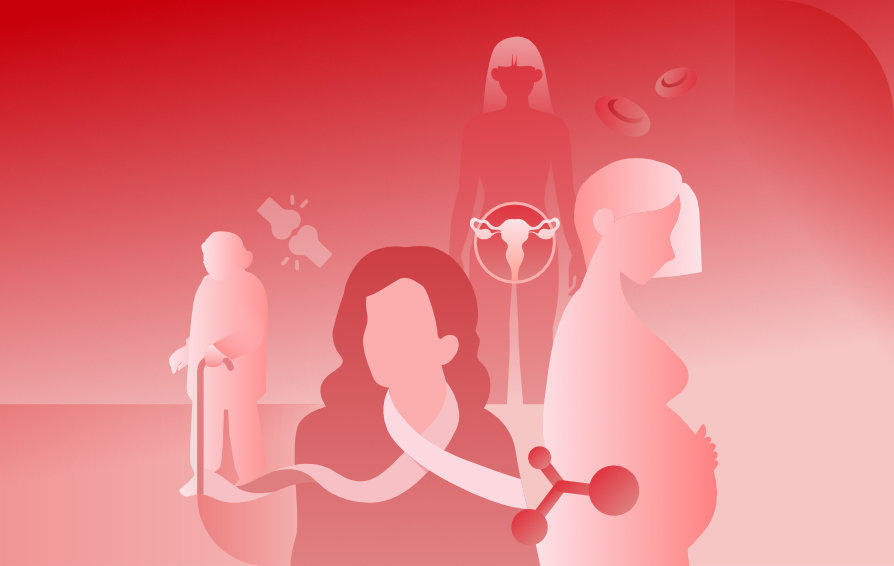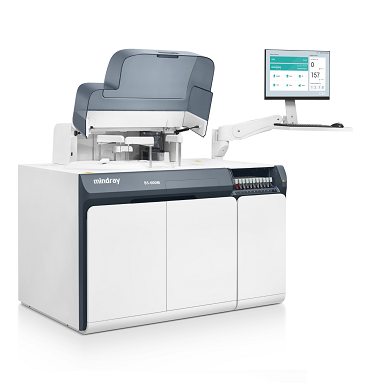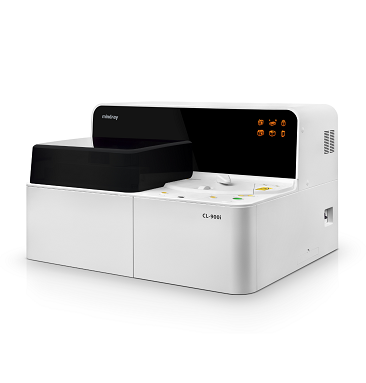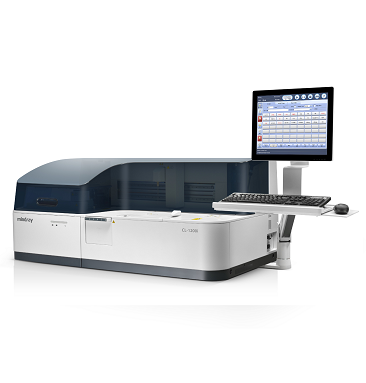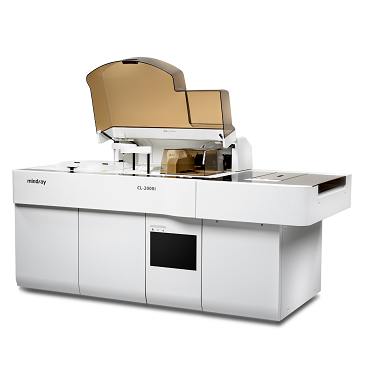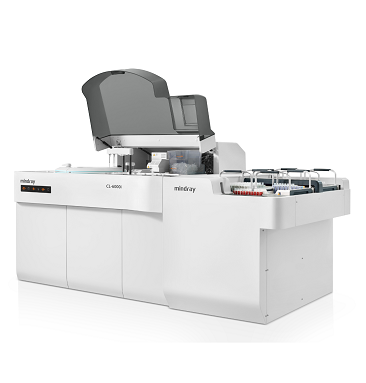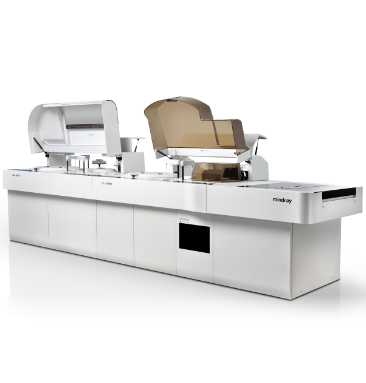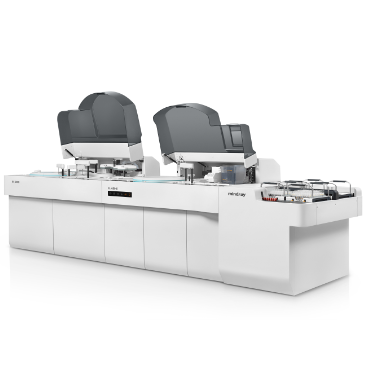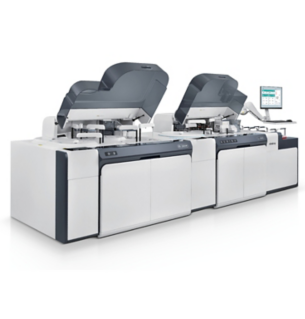Throughout various stages of life, women often face a multitude of health challenges, spanning from cervical cancer to osteoporosis and beyond. Fortunately, early diagnosis enables proactive measures to be taken to halt the advancement of these illnesses.
Today, we outline some common diseases women experience during each stage of their lives and explore how Mindray solutions can provide assistance.
Reproductive Age
Polycystic Ovarian Syndrome (PCOS)
Polycystic Ovary Syndrome (PCOS) is a common condition in women where multiple cysts are found in the ovaries. The condition affects an estimated 8–13% of women of reproductive age, usually beginning during adolescence, and up to 70% of cases go undiagnosed. The exact cause of PCOS is unknown, but women with a family history or Type 2 diabetes are at a higher risk. Vice versa, people with PCOS are more likely to develop Type 2 diabetes.
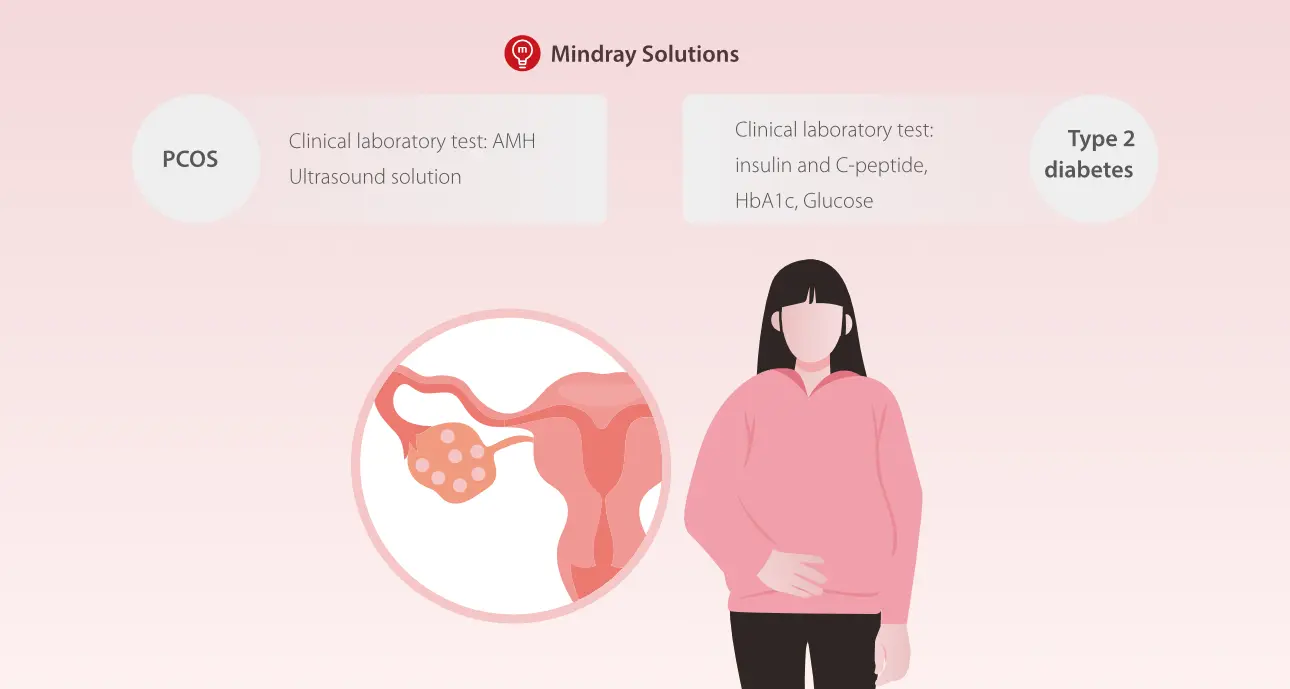
Pregnancy
Infectious diseases
Infectious diseases can cause serious problems during pregnancy, making it important to conduct screenings to potentially facilitate timely treatment.
Iron deficiency anemia (IDA)
Iron deficiency anemia (IDA) is an anemia that occurs when the body's iron stores are depleted and cannot meet the needs of normal red blood cell production.
According to the World Health Organization, 10% to 30% of the world's population have different degrees of iron deficiency. The incidence in women, especially pregnant women, maybe 10 times higher than in men. Iron deficiency anemia is the most common type of anemia in pregnant women - globally, 42% of pregnant women are at risk of anemia, and 90% of pregnant women with anemia are iron-deficient, resulting in an increased risk of fetal births.
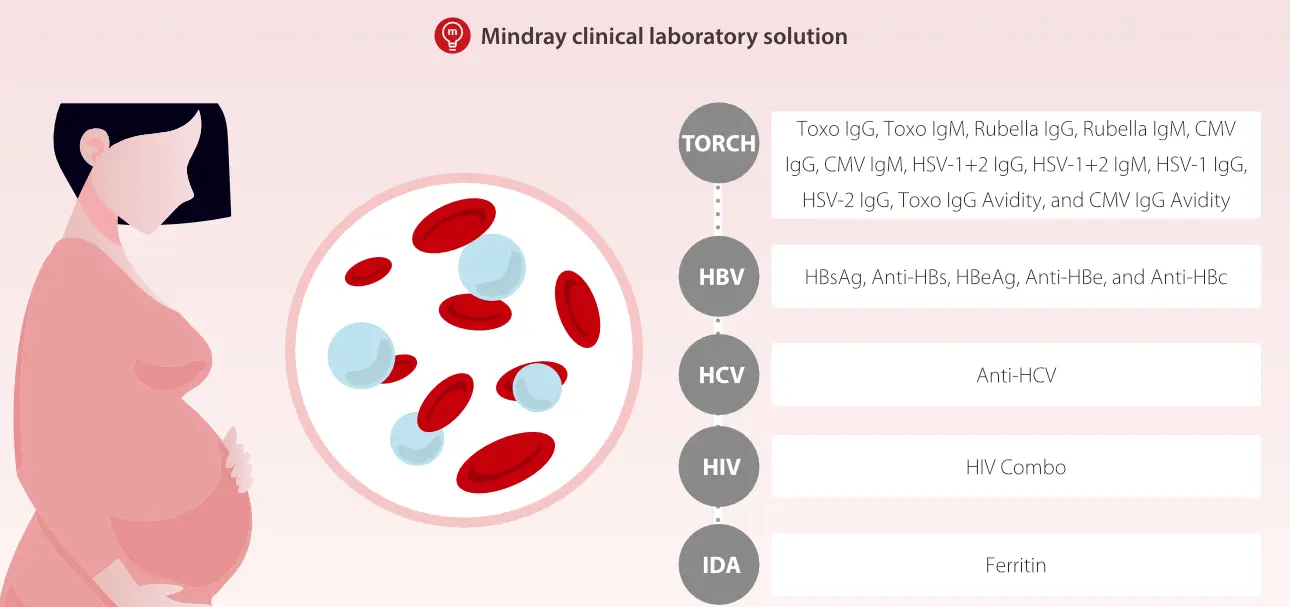
Menopause
Cervical Cancer
Cervical cancer ranks as the fourth most common cancer among women worldwide, with 604,000 new cases reported in 2020. About 90% of the 342,000 deaths caused by cervical cancer occurred in low- and middle-income countries. Women should be screened for cervical cancer every 5–10 years starting at the age of 30. Women living with HIV should be screened every 3 years starting at the age of 25.
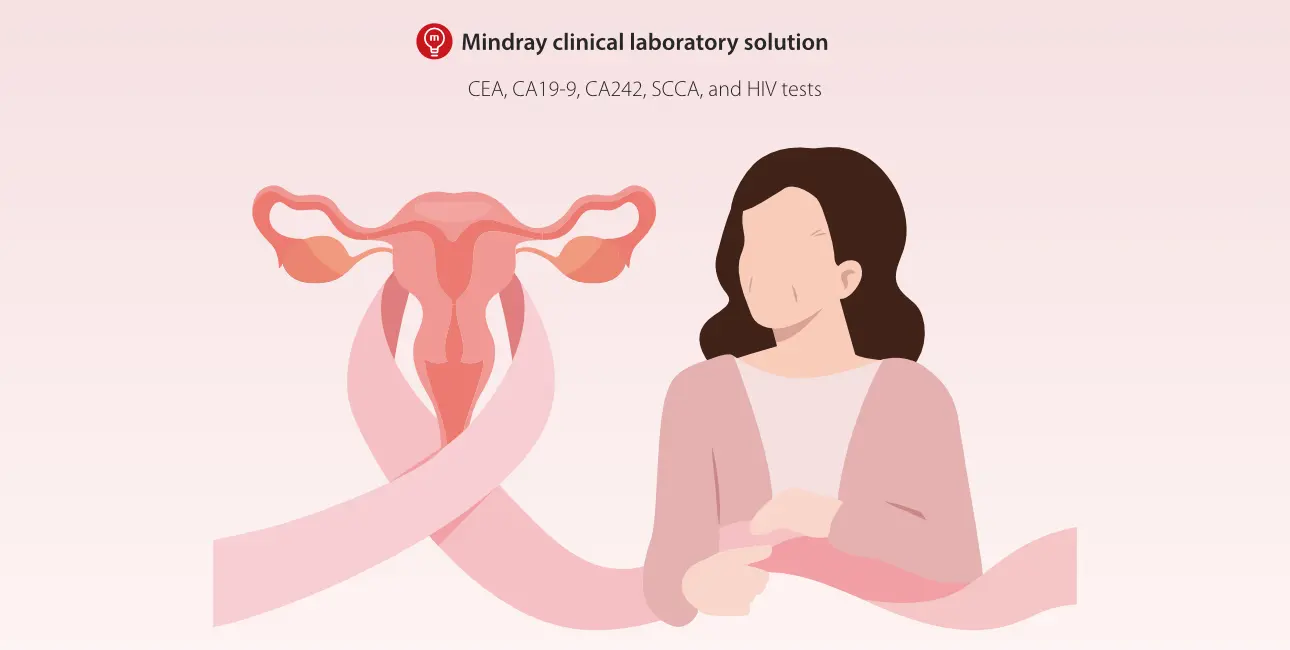
Elderly
Osteoporosis
Osteoporosis is a health condition characterized by weakened bones. It develops slowly over several years and often remains undiagnosed until a fall or sudden impact causes a bone to break (fracture). Women are more susceptible than men to developing osteoporosis.
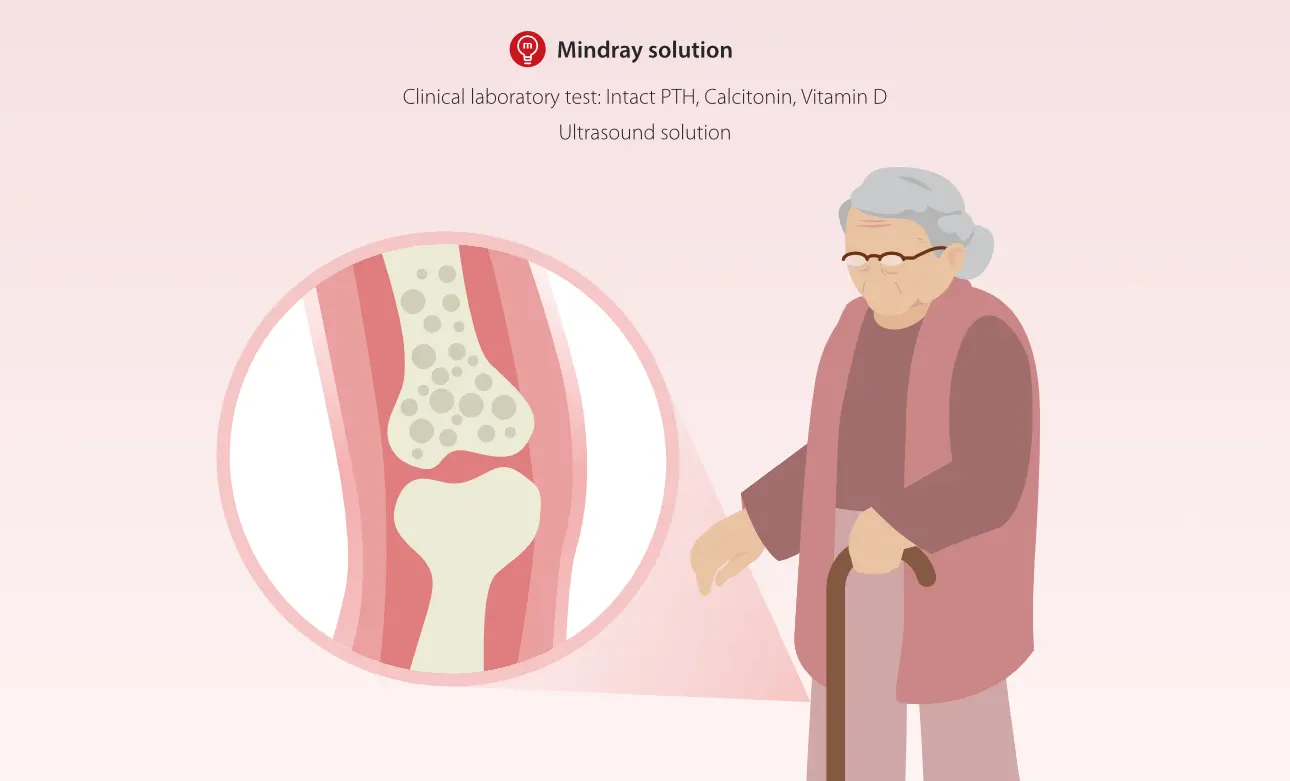
Please remember that these are general guidelines, and individual healthcare requirements may differ based on personal medical history, family background, and other risk factors. It is strongly advised to consult with your healthcare provider should you have any concerns.
Furthermore, it is important to highlight that Mindray introduced the Toxo IgG Avidity and CMV IgG Avidity assays this year. The addition of these two parameters enhances the comprehensive ToRCH testing solution, catering to diverse clinical requirements.

References
World Health Organization (WHO). Cervical cancer. 2023. Available from: https://www.who.int/news-room/fact-sheets/detail/cervical-cancer
World Health Organization (WHO). Breast cancer. 2023. Available from: https:// www.who.int/news-room/fact-sheets/detail/breast-cancer
World Health Organization (WHO). Polycystic ovary syndrome. 2023. Available from: https://www.who.int/news-room/fact-sheets/detail/polycystic-ovary-syndrome
CREATE Fertility. What is the relationship between AMH and PCOS. 2024. Available from: https://www.createfertility.co.uk/blog/what-is-the-relationship-between-amh-and-pcos
